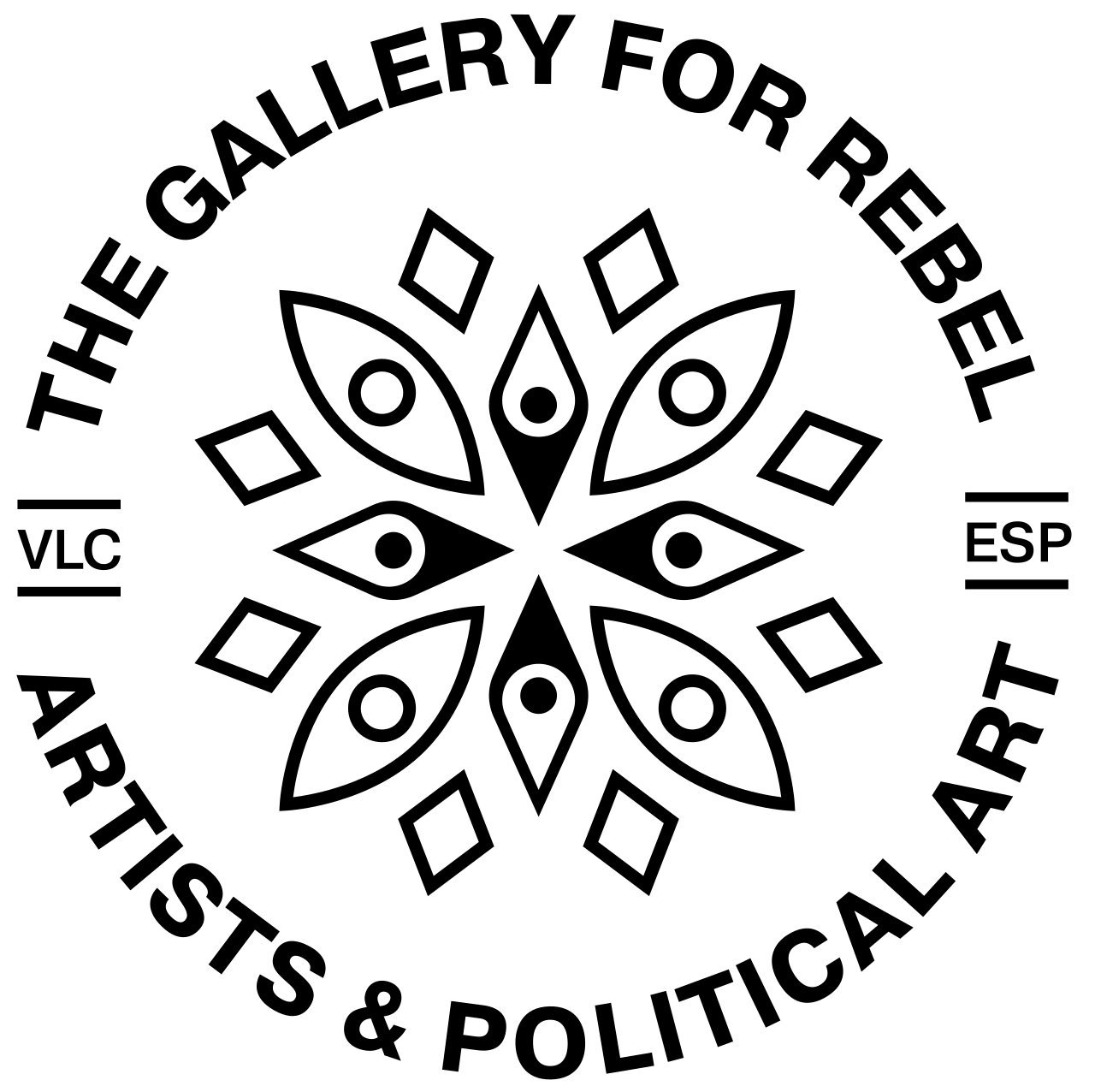Why We Opened a Political Art Gallery in Valencia
By Esther McIntosh, Founder of The GRAPA
In the spring of 2023, we registered The GRAPA — the Gallery for Rebel Artists and Political Art in Valencia and started an online gallery. In June 2025 a physical space was opened in the art district of Valencia: Ruzafa . People often ask us: why a political art gallery? Why now? Why here?
We opened The GRAPA in response to growing global crises — war, displacement, censorship, climate collapse — and to the increasing silencing or softening of political art in traditional institutions. We launched The GRAPA because we believe that art can be a form of resistance — not symbolic, but material. We believe that artists are not only observers of history but shapers of it — and that some of the most urgent voices of our time are those that are deliberately silenced, exiled, and erased. We created The GRAPA as a space where those voices can be heard, seen, and held with care and confrontation.
We chose Valencia because it’s a city of memory and resistance. It has a strong community of artists, a history of radical politics, and a vibrant cultural scene that’s still growing outside the shadows of Madrid and Barcelona. It’s also deeply international — a place where artists, migrants, thinkers, and activists converge. More importantly, Valencia is part of a country with a profound and painful political art legacy. Think of Picasso’s Guernica, painted in response to the fascist bombing of a Basque town during the Spanish Civil War. Think of Goya’s brutal, unflinching portrayals of war and injustice. Spain has long understood that art is not neutral — and that it can speak when governments, media, or powerful forces try to silence. We opened The GRAPA to carry that tradition forward — into today’s global struggles.
We founded The GRAPA to make a space where political art is not an exception, not a footnote, not something curated “around the edges” — but the foundation. We were tired of watching powerful political work get sanitized for art fairs, tokenized in biennales, or outright ignored by galleries unwilling to stand behind difficult truths. The GRAPA exists for the artists who are told they’re “too much”: too angry, too honest, too political. Since its inception, The GRAPA has attracted artists from around the world, from countries as diverse as Guyana, Sri Lanka, Myanmar, South Africa, Brazil, Papua New Guinea and Finland.
And this year, in 2025, that mission takes on an even more urgent dimension.
We are honored to host the Valencia Pavilion of the Gaza Biennale, a decentralized, artist-led exhibition organized by artists in Gaza and realized across the world. Our contribution brings together powerful works by Jehad Jarbou, Liza Madi, Aya Juha, Hazem Al-Zomor, Ahmad Al-Adawi, Osama Hussein, and Hamada El Kept — artists working under siege, displacement, or exile. Their voices, carried through drawings, photography, video, and digital fragments, offer not only resistance, but testimony, tenderness, rage, and love.
Their inclusion reflects what The GRAPA stands for: an internationalist and decolonial vision of art that refuses to separate the aesthetic from the political, the local from the global, or the symbolic from the structural.
We opened The GRAPA not just for artists.
Not just for exhibitions.
But for anyone who still believes that art can mean something more.
That it can speak, connect, protect, and resist.
And that in doing so, it might help us all imagine — and build — something better.
